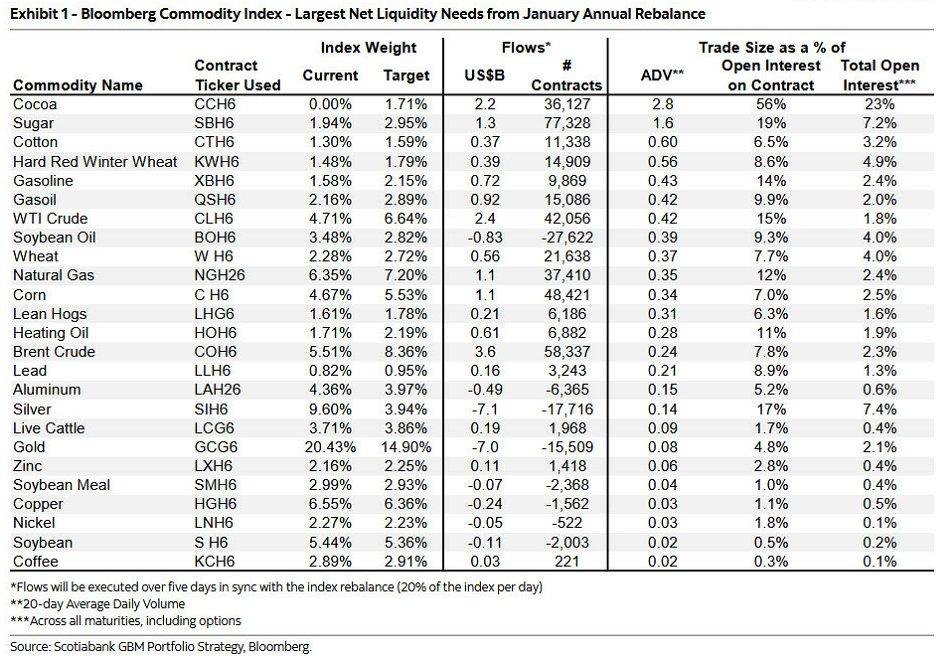The Swiss Financial Market Supervisory Authority (FINMA) has published new guidance on the issuance of stablecoins. This guidance emphasizes the financial market laws that apply to projects aiming to issue stablecoins, including anti-money laundering (AML) regulations and minimum requirements for default guarantees.
The new FINMA guidance, released on July 26, 2024, addresses the questions frequently arising regarding the issuance of stablecoins in Switzerland. It builds on an initial notes from 2019 that outlines how the regulator treats stablecoins under Swiss supervisory law.
The document defines stablecoins as a type of cryptocurrency designed to be a low-volatility means of payment on a blockchain. The primary goal of stablecoins is to provide the benefits of digital assets, such as fast transactions and blockchain transparency, while minimizing the price volatility that is characteristic of traditional cryptocurrencies like bitcoin and ether.
To achieve a stable value, issuers typically peg their tokens to a reserve of assets like a fiat currency. Consequently, this gives stablecoin holders a payment claim against the issuer at any time. These claims are generally categorized as either deposits under banking law or as collective investment schemes, and require a banking license.
However, in Switzerland, various stablecoin issuers are partnered with banks and use their default guarantees, obviating the need for a banking license. This creates risks for both the stablecoin holders and the banks, FINMA says.
Requirements for default guarantees
To protect depositors, FINMA has established minimum requirements for default guarantees. These requirements are designed to be technology-neutral and also apply when dealing with stablecoins.
Firstly, if a stablecoin issuer goes bankrupt, each customer must have their own claim against the Swiss bank issuing the default guarantee, and customers must be informed of the default guarantee. The default guarantee must cover at least the total of all public deposits including any interest earned by customers.
Furthermore, the provisions must allow depositors to easily and quickly claim the guarantee without complications.
To ensure customers can quickly claim the default guarantee, FINMA also requires that the claim be due at the time of the stablecoin issuer’s insolvency, meaning at the latest when bankruptcy proceedings are initiated, and not only when a certificate of loss is issued.
Overall, FINMA warns that while these requirements increase depositor protection, they do not match the protection level provided by a banking license, especially considering that stablecoin holders do not benefit from deposit protection under banking law. For banks, any irregularities at stablecoin issuers can cause reputational and legal risks, the regulator notes.
AML regulations
The guidance also emphasizes that stablecoins can fall under the AML Act. This is due to their usual intended purpose as a means of payments, and because they are classified as deposits under banking law, leading to a permanent business relationship within the meaning of AML legislation.
Therefore, stablecoin issuers are considered financial intermediaries for the purposes of AML legislation, imposing thus a number of obligations. Among other things, issuers must verify the identity of the stablecoin holder as the customer in accordance with the applicable obligations and establish the identity of the beneficial owner. If doubt arises in the course of the business relationship as to the identity of the customer or of the beneficial owner, the verification of identity or establishment of identity must be repeated.
FINMA highlights the increased risks of money laundering, terrorist financing, and sanction circumvention associated with stablecoins. This is because stablecoins share many of the features of cryptocurrencies, including the possibility for anonymous transfers via self-managed wallets and the global reach, the regulator says.
The rise of stablecoins
Stablecoins have proliferated in recent years, with several projects launched in Switzerland. In 2020, Sygnum launched its CHF-pegged settlement token, DCHF. The stablecoin, a key component of Sygnum’s digital asset ecosystem, enables real-time transfers, allowing for immediate transaction settlement and eliminating the need for intermediaries, thereby reducing complexity, costs, and counterparty risk.
Swiss Stablecoin, a startup founded in 2022 by former National Council and Council of States member Pascale Bruderer, is working on launching its own CHF stablecoin, the digital franc (CHFD). This stablecoin aims to simplify and improve the Swiss payment system, providing a regulated, widely accessible payment method that appeals to retailers, banks, and the Swiss population.
Globally, the top five stablecoins are Tether (USDT), USD Coin (USDC), Multi-Collateral Dai (DAI), Binance USD (BUSD) and USDP Dollar (USDP), according to a S&P Global analysis. As of June 2023, these tokens accounted for more than 90% of the US$125 billion market capitalization.
USDT and USDC were the two largest stablecoins by market capitalization, at US$83 billion and US$28 billion, respectively. Both are centralized, real-world assets collateralized stablecoins, meaning that each token is backed by US$1 in reserve assets.
DAI, which had a market capitalization of US$4.7 billion in June 2023, is a decentralized cryptocurrency pegged to the US dollar produced by the Maker protocol and managed by a decentralized autonomous organization (DAO), MakerDAO.
Featured image credit: edited from freepik
The post Swiss Financial Regulator Issues Stablecoin Guidelines, Emphasizing AML Obligations and Default Guarantee Requirements appeared first on Fintech Schweiz Digital Finance News - FintechNewsCH.
Full story here Are you the author? Previous post See more for Next postTags: Blockchain,Featured,newsletter,Regulation

























